The Anti Money Laundering (AML) Solutions Market is currently characterized by a dynamic competitive landscape, driven by increasing regulatory scrutiny and the need for enhanced compliance measures across various sectors. Key players such as FICO (US), Oracle (US), and ComplyAdvantage (GB) are strategically positioning themselves through innovation and technological advancements. FICO (US) focuses on integrating advanced analytics and machine learning into its AML solutions, thereby enhancing detection capabilities and reducing false positives. Meanwhile, Oracle (US) emphasizes its cloud-based solutions, which facilitate scalability and flexibility for financial institutions navigating complex regulatory environments. ComplyAdvantage (GB) leverages real-time data and AI to provide comprehensive risk assessments, indicating a shift towards more proactive compliance strategies. Collectively, these strategies not only enhance operational efficiency but also shape a competitive environment that prioritizes technological sophistication and regulatory compliance.
The business tactics employed by these companies reflect a broader trend towards localization and supply chain optimization. The market appears moderately fragmented, with numerous players vying for market share, yet the influence of major companies is substantial. Their ability to innovate and adapt to regulatory changes positions them as leaders in the AML solutions space, potentially setting benchmarks for smaller firms. This competitive structure suggests that while there is room for new entrants, established players will likely dominate through their extensive resources and technological capabilities.
In August 2025, FICO (US) announced a partnership with a leading financial institution to implement its latest AML solution, which utilizes AI-driven analytics to enhance transaction monitoring. This strategic move underscores FICO's commitment to staying at the forefront of technological advancements in AML, as it seeks to provide clients with more effective tools to combat financial crime. The partnership not only enhances FICO's market presence but also demonstrates the growing importance of collaboration in developing robust compliance solutions.
In September 2025, Oracle (US) launched a new cloud-based AML platform designed to streamline compliance processes for banks and financial services. This initiative reflects Oracle's strategy to capitalize on the increasing demand for scalable and efficient compliance solutions. By offering a platform that integrates seamlessly with existing systems, Oracle positions itself as a key player in the digital transformation of AML processes, potentially attracting a broader client base seeking modernization.
In July 2025, ComplyAdvantage (GB) expanded its operations into the Asia-Pacific region, establishing a new office in Singapore. This expansion is indicative of ComplyAdvantage's strategy to tap into emerging markets where regulatory frameworks are evolving rapidly. By localizing its services, the company aims to provide tailored solutions that meet the specific needs of regional clients, thereby enhancing its competitive edge in a diverse market landscape.
As of October 2025, the competitive trends in the AML Solutions Market are increasingly defined by digitalization, AI integration, and a focus on sustainability. Strategic alliances among key players are shaping the landscape, fostering innovation and collaboration. The shift from price-based competition to a focus on technological differentiation and supply chain reliability is evident, suggesting that future competitive advantages will hinge on the ability to innovate and adapt to changing regulatory demands.


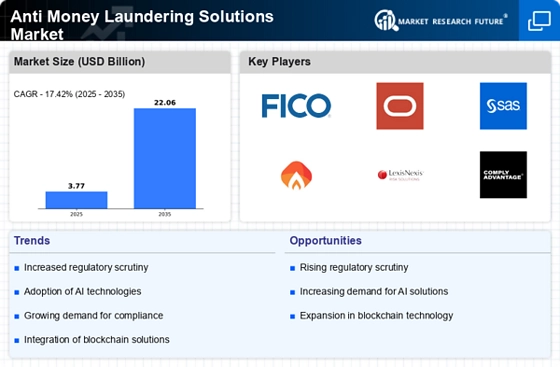
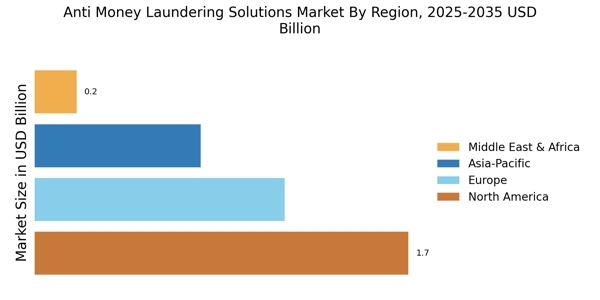

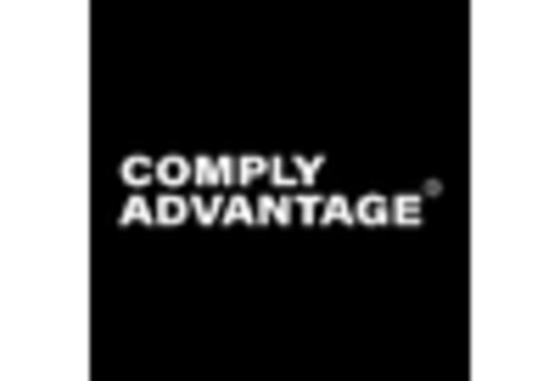
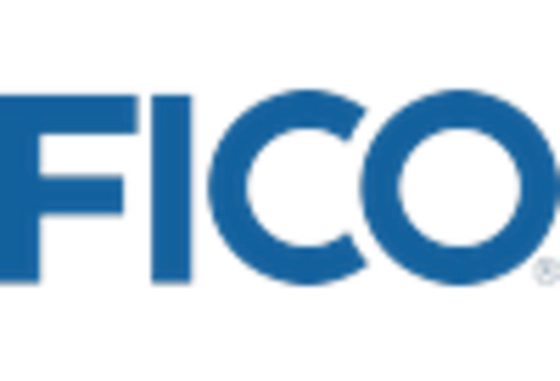
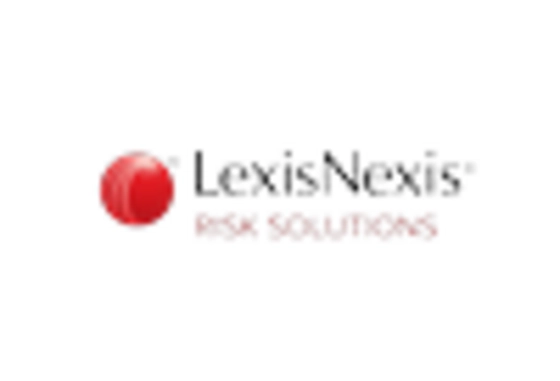

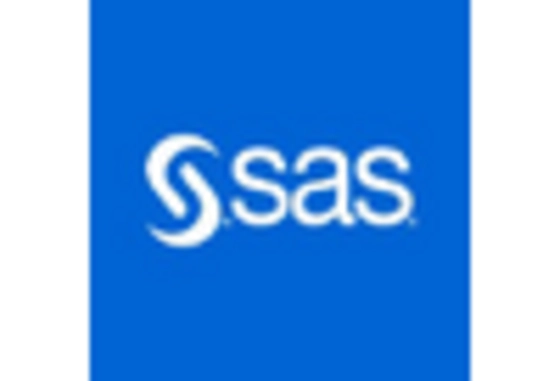








Leave a Comment